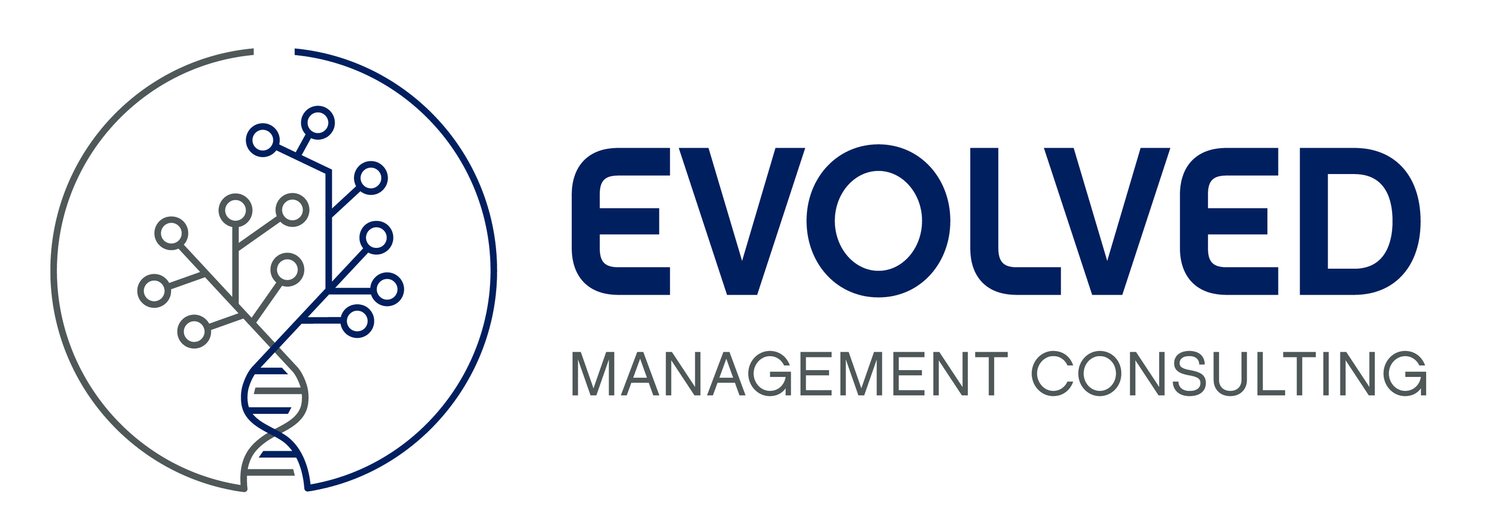5 Simple Ways to Measure Your Project Management Maturity
5 steps for effective project delivery
It doesn't matter what tools you use to manage your projects. Whether you use Agile, follow the PMBOK, or are training for Six Sigma, what truly matters is "Who does What, by When."
Don’t feel bad—most tech companies are surprisingly poor at project management. Gartner data suggests that over 80% of technology projects fail to deliver on time and within budget. Many organizations are just getting by with their PM practices, often seeking a tool to solve their communication, accountability, and collaboration needs. In reality, a focus on the basics can lead to productivity magic.
Here are simple measures of how well you are managing your projects.
1. Is there a project charter or statement of work (SOW)?
Projects often rush forward without proper scoping, risking client trust. Establish a standard 24-48 hour turnaround for SOWs between sales and technical teams. A clear SOW for every reasonable-sized project leads to better results for both the business and the client.
2. Does the project have a reasonable end date?
Parkinson's Law states, "Work expands to fill the time available." Knowing the effort involved allows for realistic scheduling. Avoid tight deadlines that leave no room for issues—schedule reasonable completion dates, ensuring time for kick-offs and status meetings.
3. What is the communication rhythm?
Communication is vital for keeping projects on track. Establish a scheduled communication rhythm to prevent lapses. For complex projects, consider daily stand-ups; for longer projects with clear milestones, weekly updates may suffice. High cadence and short touchpoints help avoid unnecessarily long status meetings.
4. What did we achieve last week?
Focus on achievements during status updates, not setbacks. Encourage team members to report on deliverables and discuss corrective actions if needed. Redirect lengthy explanations towards actionable plans, fostering a forward-looking mindset.
5. Did we have a kick-off and close?
Kick-offs set the project parameters, while closures help capture lessons learned. Both are critical components that should not be skipped. A post-project briefing offers valuable insights into what worked well and what could be improved for future projects.
Summary
Improving project management maturity takes time. Projects are inherently messy and complicated, especially as team sizes grow. Start by focusing on "Who does What, by When," and incorporate the five components above to enhance your process.
Link to Podcast: “ERP105 - Scaling Your MSP”
Listen to this podcast episode for expert insights on scaling project management practices and achieving greater maturity within your organization!
If you're just getting started focus simply on who, does what, by when. Then layer in the above 5 components and your process will already be more mature than the typical organization. If you'd like some support in getting the basics implemented or if you're ready to move your maturity to the next level be sure to reach out to Evolved for a more detailed review of your processes (or lack thereof).








